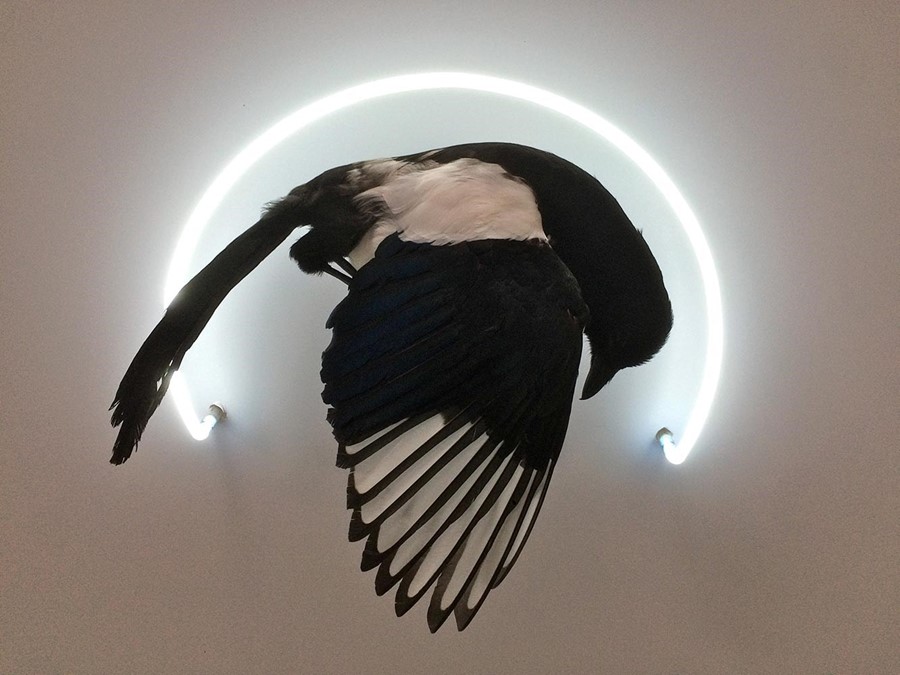The ancient art of taxidermy is enjoying a contemporary renaissance, as indicated by these bold and innovative practitioners...
With examples dating as far back as Ancient Egypt, during which time cats, dogs and other animals were routinely mummified, taxidermy is not a new art. Its embrace by contemporary artists, however, including the likes of Damien Hirst and Polly Morgan, has elevated the practice to a new and innovative realm. With this in mind, AnOther selects five up-and-coming taxidermy artists whose grasp of their medium extends far beyond hunting bounties and country pub ornaments. Meet the women who are transforming taxidermy into a rare and complex form of art.
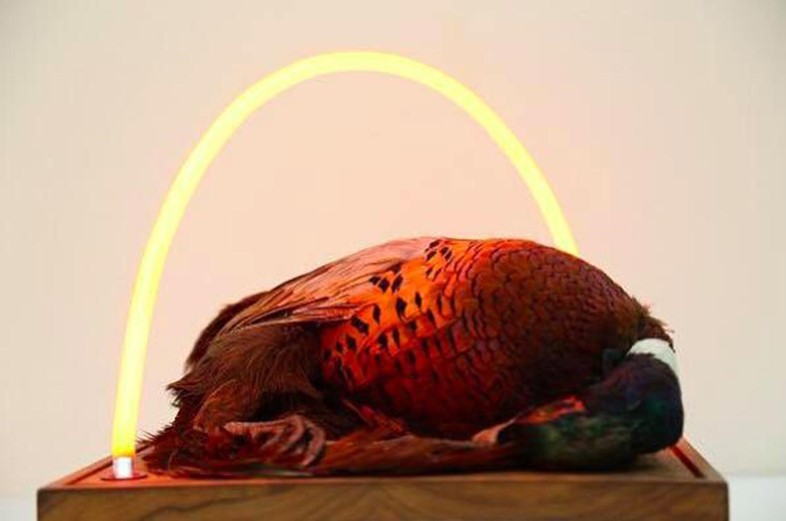
Harriet Horton
28-year-old London-based artist Harriet Horton first became fascinated with taxidermy as a child, her appetite whetted by frequent visits to antique shops with her mother. Tired of its traditional presentation, the largely self-taught practitioner juxtaposes taxidermy creatures with bars of neon light, giving the ancient craft a contemporary and playful twist. Her first solo show, entitled Sleep Subjects – which runs (aptly) at London's Cyrpt Gallery from November 13th –takes the form of an immersive installation exploring the concept of dreaming animals, at which visitors will be able to experience her pieces to the accompaniment of a soundtrack scored by producer Rob Shields. Think dozing pheasants, napping pink-coated squirrels and ferrets taking a siesta.
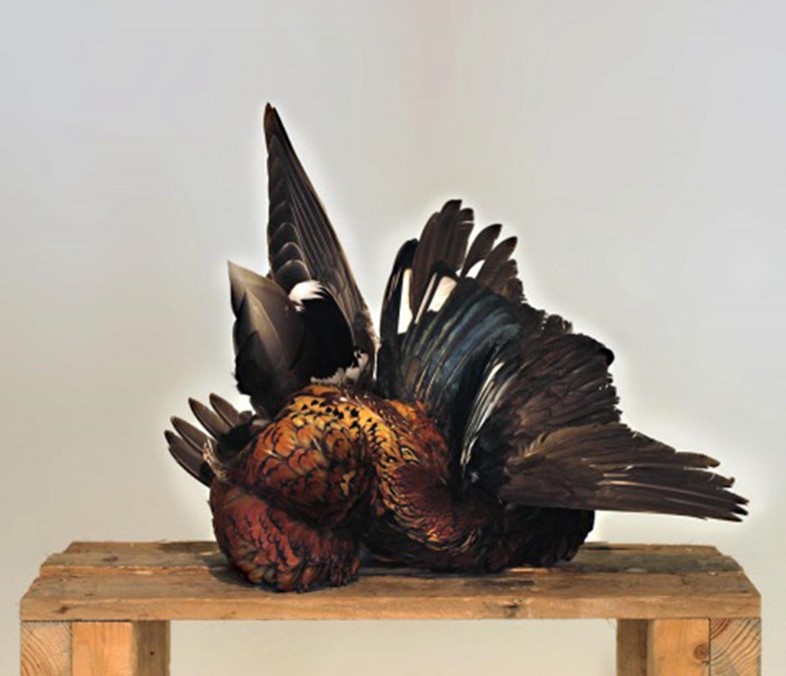
Rose Robson
A Central Saint Martins graduate, Rose Robson’s first introduction to taxidermy consisted of her stuffing her drawings of birds with cotton wool, before skinning her first real animal under the tutelage of taxidermy queen Polly Morgan. She soon booked herself in for a one-day workshop with George Jamieson, and quickly established that her fascination was in the body-less skins. Rather than recreating the animal, therefore, her pieces tend to take the form of sculptural compositions made with the coats of different birds: Robson plays on the way different feathers catch the light to inject a sense of movement to the overall arrangement. Aside from her former teacher Morgan's influence, Robson cites Louise Bourgeois, Hans Bellmer and friend Alix Marie as influences for her practice – indeed, all three work with the themes of mortality prevalent in her own work.
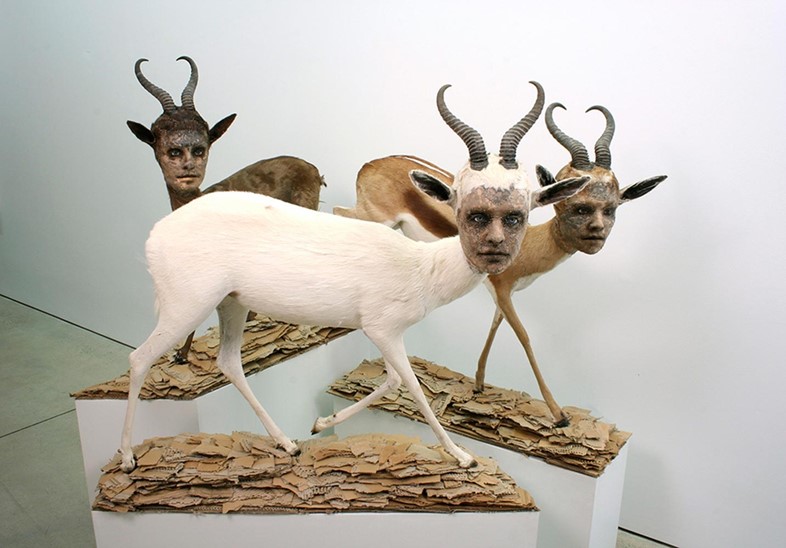
Kate Clark
When Brooklyn-based artist Kate Clark recreates the bodies of wild animals she works vigorously to remain true to their original appearance. When it comes to their faces, however, she takes radically different approach: her striking sculptures are given human facial features, modelled after live sitters at her studio. The products of these combinations of animal and human physiognomy are not scary, monstrous beasts, but calm and innocent-looking creatures whose looks straddle the realms of familiar and unfamiliar, forcing the viewer to recognise the piece as semi-human and thereby to forge a more intimate relationship with the taxidermy object.
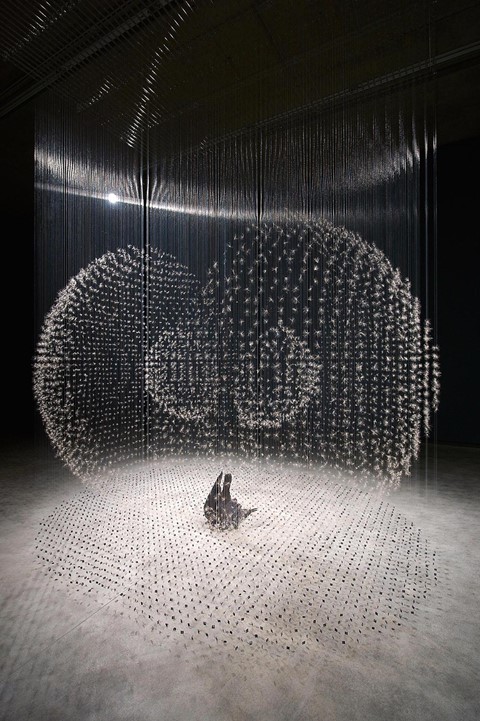
Claire Morgan
Exploring our relationship with the natural world and the impact it has on our lives, Claire Morgan's breathtaking installations always carry a feeling of suspense, and a sense of the 'captured moment'. She melds taxidermy animals and insects with other organic materials, such as feathers or wild flower seeds, to create suspended structures, which look almost solid in appearance, made up of thousands of separate elements held together by fishing hooks. Eager not to waste her subjects, Morgan also uses blood left over from taxidermy to make beautiful drawings. A University of Northumbria graduate, she is represented by Galerie Karsten Greve and has exhibited across Europe and beyond.

Iris Schieferstein
For the past 15 years, German artist Iris Schieferstein has been recreating dead animals in new forms, adding taxidermy to objects such as light fittings, weapons, hats and – most famously – shoes. Think headpieces made of scuffling rats, footwear fashioned from horse hoofs, stuffed doves or snake heads and wall lamps held together by geese. After getting herself into trouble for collecting animals corpses on the street – an act which is illegal in Germany, and punishable with up to six years in jail – the artist now diligently sources her carcasses from the local butcher.
Harriet Horton: Sleep Sounds runs from November 13-17, 2015, at The Crypt Gallery in London.
